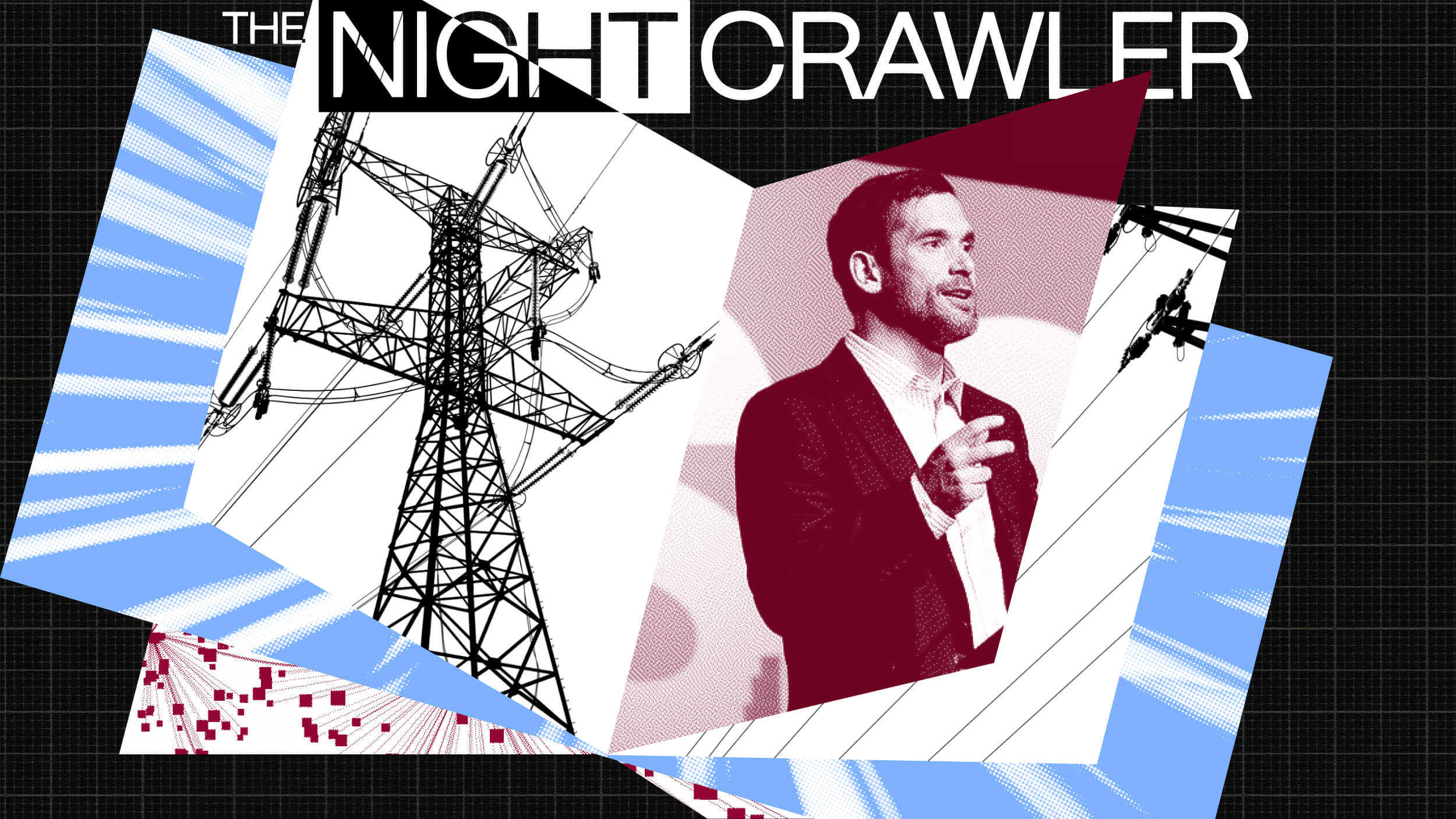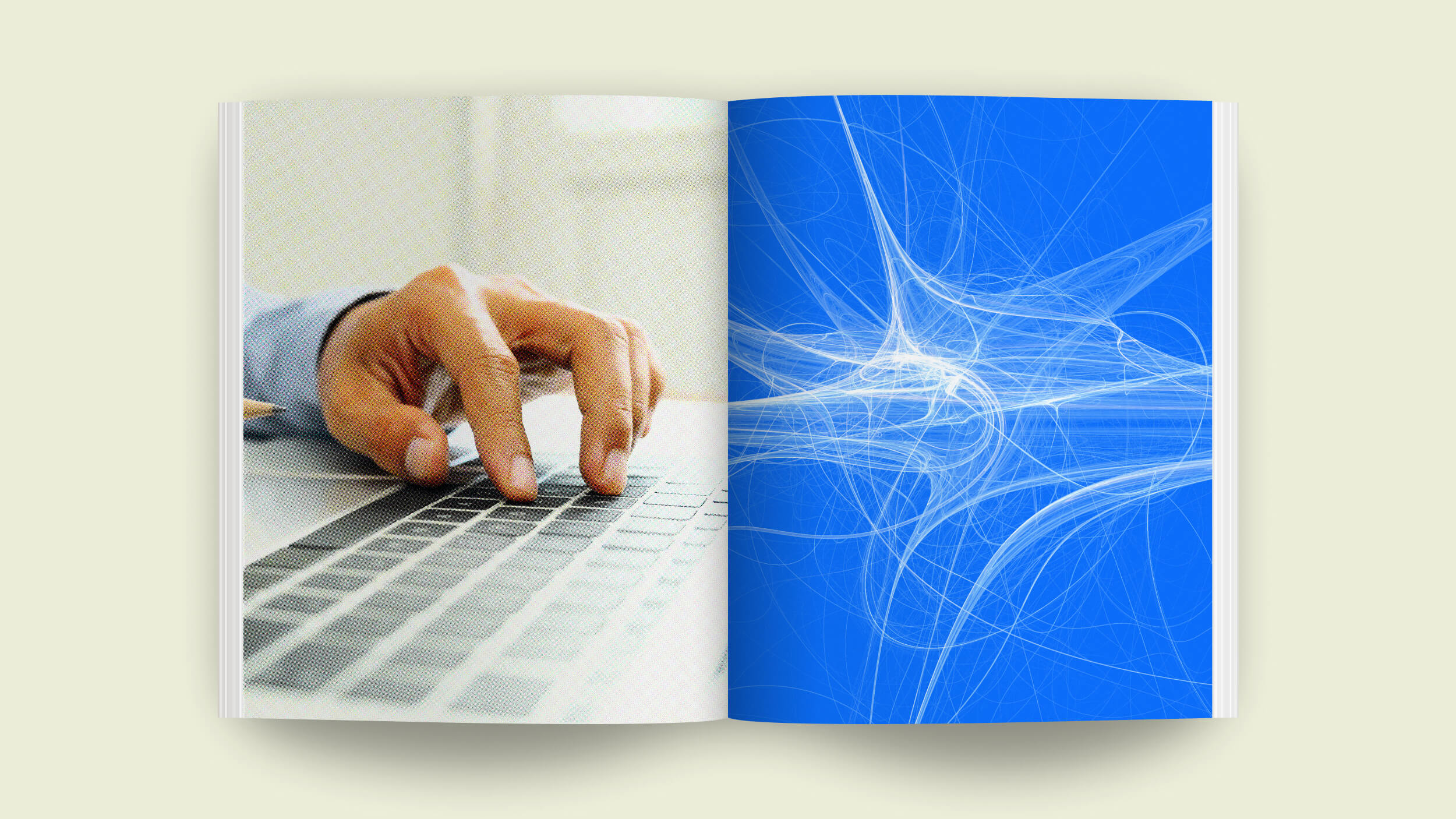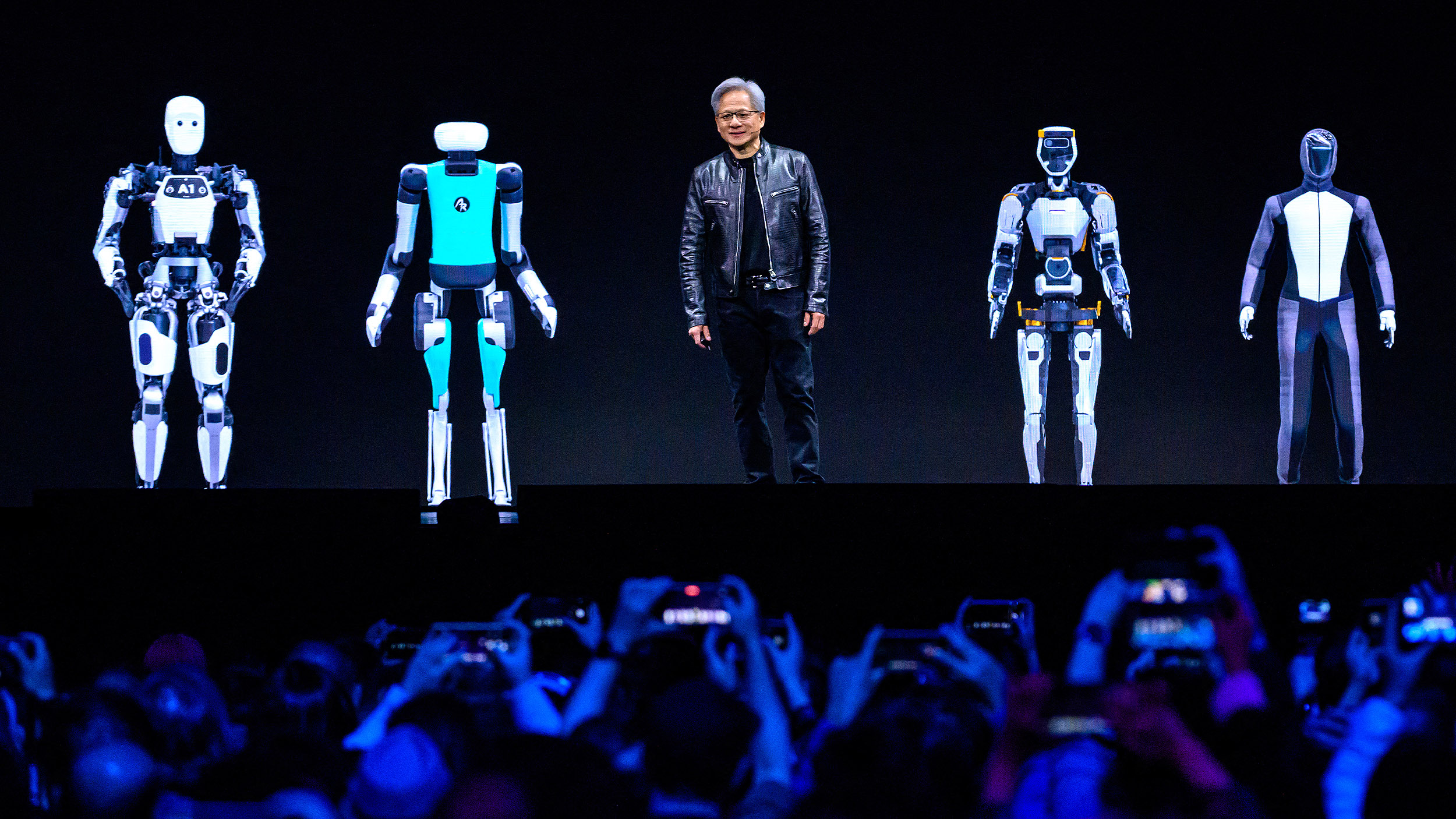JOHN MACKEY: It's kind of a myth that most innovations occur by some genius, Steve Jobs or Elon Musk or Jeff Bezos, that these guys are larger than life geniuses and all the innovations at Tesla came from Elon Musk and Steve Jobs personally invented the Macintosh and the iPod and iPhone and iPad and all that stuff. And certainly the entrepreneur is, it can be the media, elevates them to a higher standard, and they certainly are important in terms of providing leadership and hopefully conscious leadership to the team. But almost all the best innovations are done collaboratively. They're always part of a larger group that play off of each other. And I can tell you at Whole Foods that we've had a lot of innovative creative ideas. You know about 10 years ago or so we had a store in Santa Rosa, California. It opened the very first bar at Whole Foods Market. It opened in the middle of the wine section. They just took part of the wine section and they put in some taps and they put in some big screen TVs and they kinda set off the space, So we had this little beer wine bar in the middle of the store. And if they'd had to ask permission for that, they said, John, what do you think about this idea? I said, nobody's gonna go to a bar in a grocery store, it's a terrible idea, don't do it, waste of money. But they didn't have to ask permission, so they were able to try it, right. And guess what? It was hugely successful, and that bar started selling more beer every week than we were selling in seafood in the store for awhile. It was incredible. And then other stores would see what they were doing and they start copying it, only they wouldn't copy it exactly. They would iterate on it to make it different and better and some of those experiments didn't work by the way, and we had to throw them out, but the other ones did work.
I'll give you an example how at Rift, the original beer and wine bar in that store was really set up for guys. It was mostly beer and less wine, but they had wine and it had sports on the big screen TVs, and it kinda had its' masculine attitude. So we kinda thought that was what it was about. But an interesting thing happened as this concept evolved and went to other stores. We started noticing that a huge amount of women would show up in the afternoons when they get off work and they meet their friends and they would drink white wine. And it was like, the women are showing up, why are they showing up here? We thought this was a guy thing. They were showing up because this was a really safe place. We don't have a bunch of creeps that might follow you out to your car. It's Whole Foods Market, it's a big market, it's very safe. You don't, and so they'd meet their friends and then of course when you have a lot of women showing up, then you start having more guys show up and you start to get a bit of a scene there. And the next thing you know, they're playing live music and would add more food to it. And so that is collaborative innovation in a food store with one store trying one thing and then it iterating in different, and learning as you go along and you learn what works. And one thing we learned is it won't work that well if you don't have food with it, people just won't come in to have a drink. They wanna have something to eat with it too. And you got to make it where if you have some, a little live music and you have, where you're located in the store is important. And the reason I'm telling you the story is that this is the way innovation occurs frequently. It's just that that's done very much collaboratively in a team effort. And by the way, that's a lot more fun 'cause you're doing it with other people. That's part of that community at work that can make work so very deeply satisfying when you've got it.






